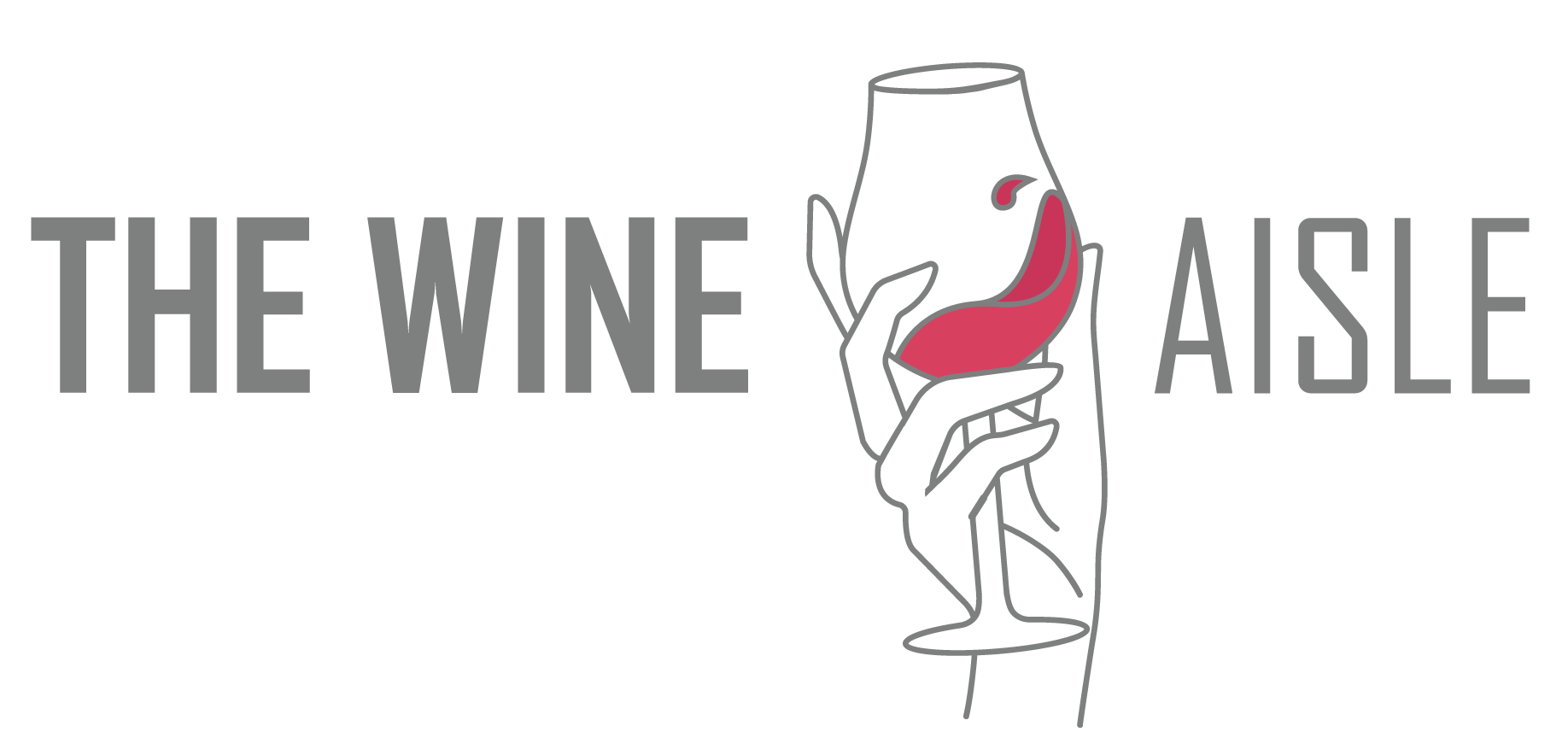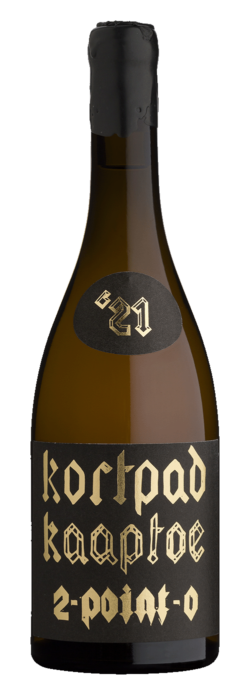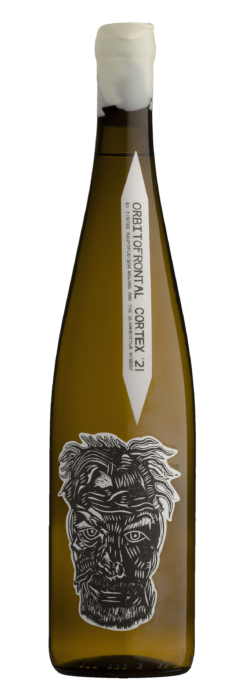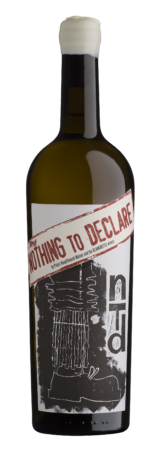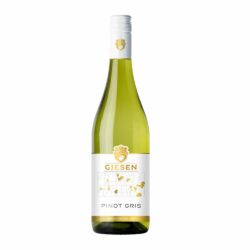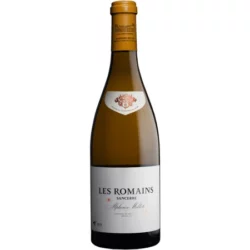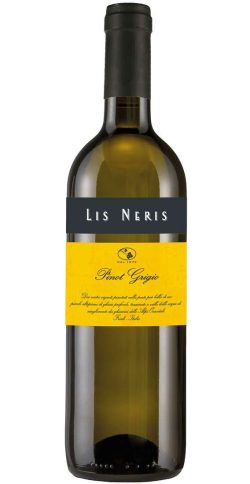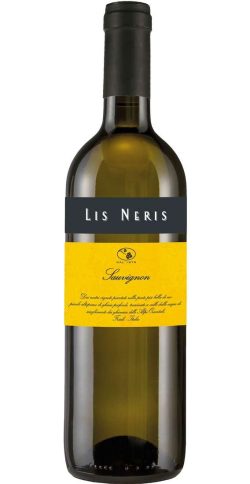The Story of Blankbottle:
Blankbottle offers something for those with an open mind and an adventurous spirit. Winemaker Pieter Walser is passionate about telling stories through his wines—both what’s in the bottle and what’s on the label. His goal is to provide an authentic, personal taste, free from the expectations often associated with specific vintages or styles. Pieter collaborates with skilled farmers and experienced viticulturists across the Western Cape and designs his own labels, ensuring a unique and creative expression in every bottle.
“In 2004, a lady came to my house (then also my office) to buy wine. She asked for anything but Shiraz. “I don’t drink Shiraz”, were her exact words. I poured her a glass of wine. She loved it and bought 3 cases. It was a straight Shiraz.” -Pieter Walser
The Story behind the Label:
They used various techniques, one of them being… tie it to your leg, drop your pants to cover it and walk through the NOTHING TO DECLARE section at the airport as if you have… NOTHING TO DECLARE – you know the feeling…
Back in SA they would then reproduce and plant little vineyards, do trials on them and plant larger ones (to state the obvious: this was completely illegal, distributing diseases being the main risk). I, however, have seen first-hand that the type of farmer who went through all the effort to do this, is almost without fail completely passionate, super psyched-up, forward-thinking farmers/winemakers – serious producers. So they would, without a doubt, bring in clean, great quality vines.
Nothing to Declare is a tribute to these vine smugglers. Providing us, the new generation winemakers, the foundation to take this industry to new heights.
In 2012 and 2013 I made a wine that was driven by one of these illegally smuggled grape varieties. It was registered with the government as Chenin Blanc. I called it “Nothing to declare”. Since then this particular vineyard went through a process of amnesty and was now declared legal. So this wine grew from there, using that vineyard as a base and combining that with as many of the not so traditional South African varietals I have in the Winery.
The Label: I did a chalk drawing on the one side of one of the barrels – an image of vine cuttings tied to a man’s leg, about to be covered by his pants. After a few months, the image faded. To solidify the image, I engraved it into the wood like it was done in the olden days. So in February 2015, after bottling the first vintage, I needed a label. I bought printing ink and applied it to the surface of the carved image. I then placed a large piece of paper on it and made a print, which became the main image for the label.
